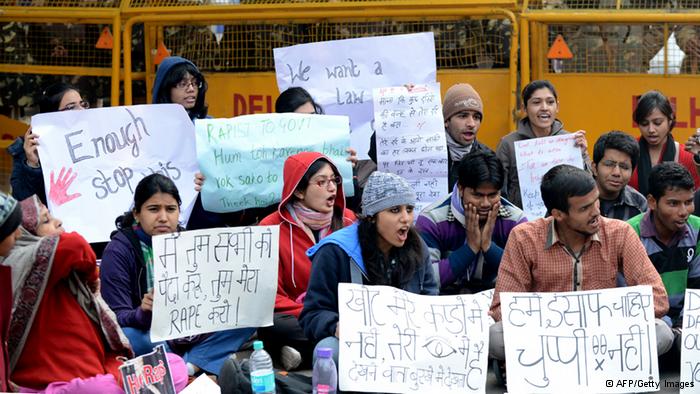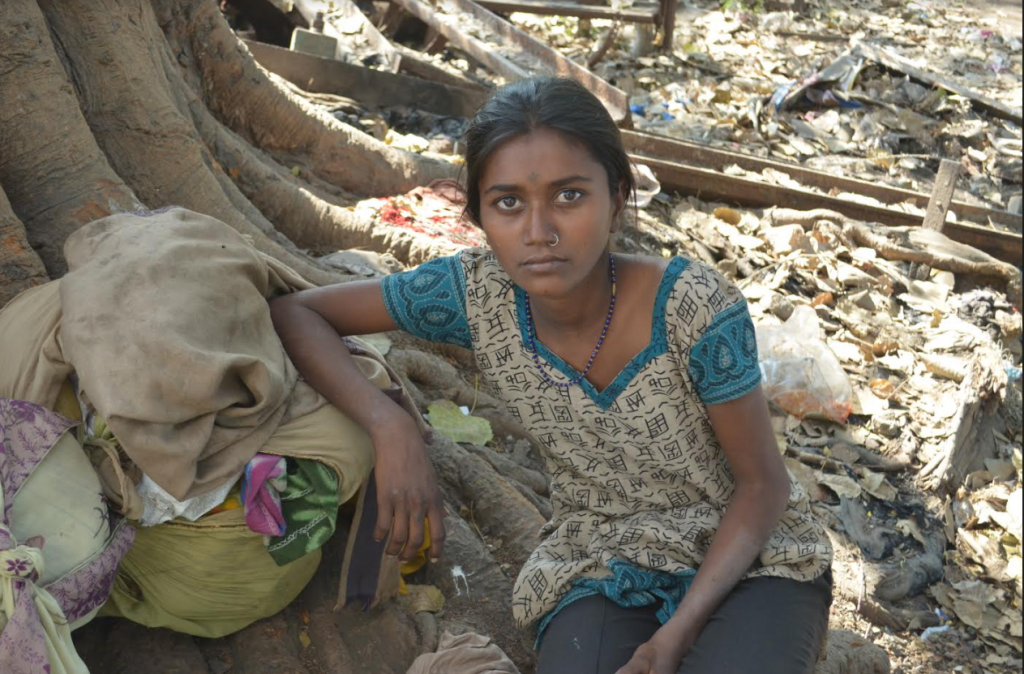2012: A terrible year for women in India
It’s been a very bad year indeed for women in India. As the world settles into the New Year, India’s daughters are mourning the death of their “braveheart Nirbhaya,” the 23-year-old who was brutally raped and has now succumbed to her injuries. This is symptomatic of the agony, pain, humiliation and wretchedness that Indian women suffered in 2012.On February 5, 2012 a 37-year-old woman, who happened to be a single mother, was brutally gang raped in Kolkata’s elitist Park Street. Her mistake: She was returning late from a night club after partying with her friends. While the political leaders called her a “slut,” some members of the civil society raised questions about her character. Only a very few people raised their voices against the crime itself. Legal status: 10 months have passed, the case is pending. No proper action has been taken against the suspects.
Come July, another horrific incident shocked the country. A young girl was groped and harassed in public on the streets of Guwahati. The entire episode was filmed and broadcast by a local Guwahati television channel. Nobody came to her rescue, passers-by appeared to enjoy watching her being molested. Moments after the video was uploaded in the net, it went viral! Her mistake: She was wearing her clothes of choice and went to chill out with her friends in a pub. Social activists slammed the government and the media for the unethical broadcast. The country unified in one voice to get justice for the young girl. Legal status: Steps have been taken, the journalist has lost his job, some of the men were charged but the main suspect has not been apprehended. More than six months later, the Indian police claims the “search is on”.
In August, a 26-year-old PHD student studying in IIT Powai was raped on the campus of India’s premier Institute of Technology in Mumbai. Civil society raised its voice but the case is still pending.
The month of September brought to light three harrowing nights for the women of India. A young school girl was raped in the streets of Dabra in Haryana, a state which has the lowest number of women. Her mistake: She was just a woman coming home from her evening classes. The ill-fated girl’s family ran from door to door to get justice for her. But the responsible police system of India slammed the girl for having a “bad character” and paid no heed to her complaint. Ashamed of the society and the judiciary’s treatment of his daughter, the father of the girl committed suicide. When the media took up the case, the police agreed to look into the case. However, justice has still not been done.
Within days of this incident, the region witnessed the gang rape of a married woman. She was, of course, described as being of “loose character”. A third incident followed when a young school girl was raped in broad daylight. When the media questioned the government and the local ‘Khap Panchayat’ about the security and safety of women, the authorities blamed modern lifestyles. The panchayat claimed the use of mobile phones was causing an increase in the number of sex crimes against women. This sparked a debate in the Indian Parliament but those who committed these crimes have not yet been punished. Legal status: Awaiting justice!
In October, students and women activists raised their voices in Rajasthan, after two young girls were raped in their institute. Like many others they had come to the institute to round off their education and to establish their careers after finishing their studies at Banasthali Vidyapeeth. But destiny had something else in store for them: They were raped by some college staff. Their mistake: They were women students! More than 5000 students protested in the streets demanding justice. Legal status: The hostel warden was arrested for locking the girls inside their rooms but soon released on bail. A driver who entered the campus was arrested for molestation and is in custody, while others allegedly involved are still under investigation.
Finally, December 2012 witnessed the worst atrocity of the year in India. A young 23 year old medical student was gangraped brutally in Delhi by a group of men. Her mistake: She had been out with her friend to see a movie on a Sunday evening. She later died of the terrible injuries she sustained in the attack. The case shocked the nation like never before. Thousands of people protested for days in the busy streets of Delhi near India Gate and Jantar Mantar calling for speedy justice for the girl. The men accused of the crime have now gone on trial mainly because of the intense public pressure, it appears. One of the six is a minor, who will go before a juvenile court. However, almost immediately the capital recorded more rapes: The victims were a 40 year old woman, a 3 year old baby girl and the like.
The cases described above were the worst and most high profile. The overall picture is horrendous: According to the State of World Population Report , a rape occurs every 54 minutes in India, a woman is molested every 26 minutes, a women suffers from eve teasing every 51 minutes. There is one dowry death every one hour and 42 minutes. Other criminal offenses are committed against women every 7 minutes. Assault, molestation and rape have taken on the form of a vicious cancer in Indian society where people just do it with impunity! And to top it all, the Indian legal system and the society to a large extent believes “if a rape victim gets married to the man who raped her, then her life can be perfect and happy.”
Can the women in India, who have yet to suffer rape or assault, expect that with 2013 they will be offered greater protection? Or will this cancer keep spreading. The outlook is bleak.
Author: Debarati Mukherjee
Editor: Grahame Lucas







